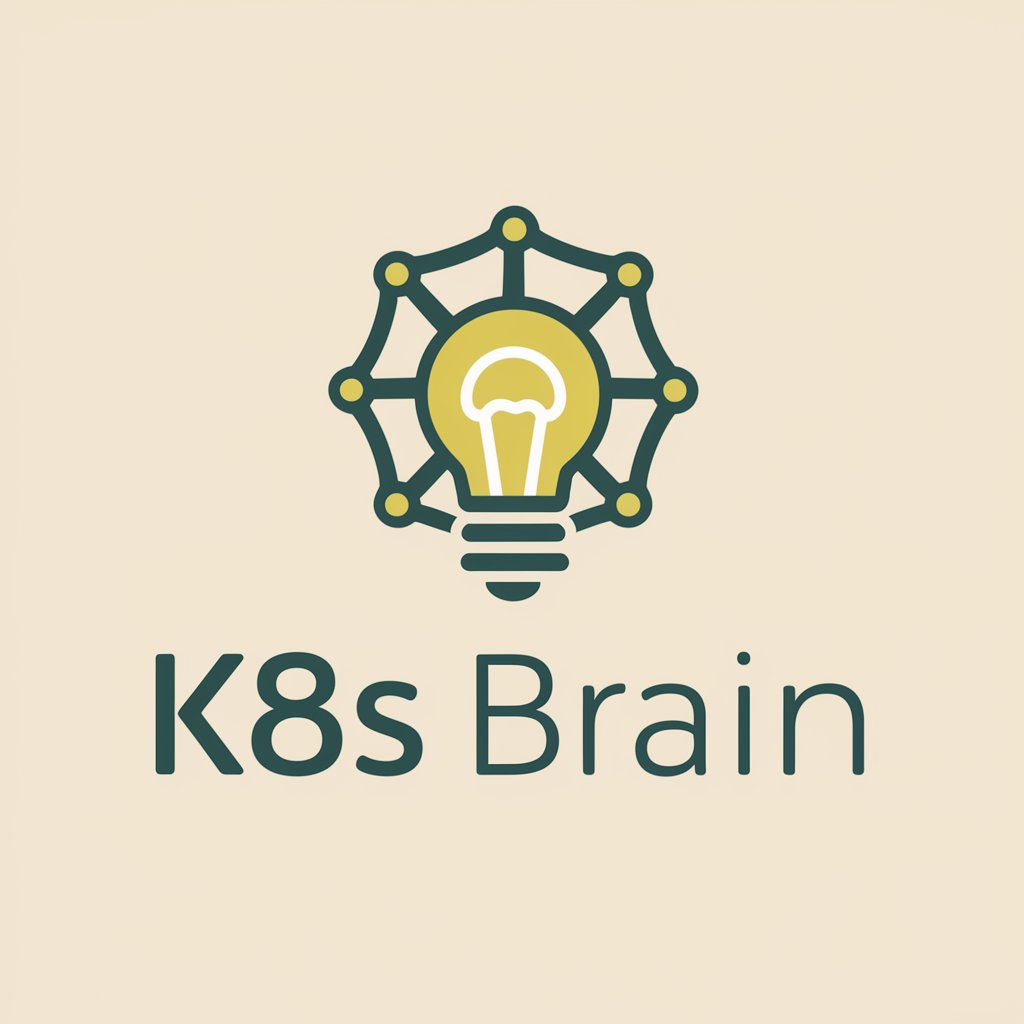
CHEMISTRY: electron configuration - exceptions - Electron Configuration Insight

Pozdrav kemičari! Spreman sam pomoći s izuzecima u elektronskoj konfiguraciji.
Mastering electron configurations with AI
Can you explain the electron configuration exception for chromium?
Why does copper have an unusual electron configuration?
Describe the electron configuration anomaly of silver.
What makes the electron configuration of gold an exception?
Get Embed Code
Introduction to CHEMISTRY: Electron Configuration - Exceptions
The CHEMISTRY: Electron Configuration - Exceptions specializes in providing expert-level insights into the non-standard arrangements of electrons in atoms, deviating from the typical predictive rules. These exceptions often occur in transition metals where achieving a more stable electron configuration sometimes necessitates arrangements that diverge from the expected order. For example, in copper (Cu) with an atomic number of 29, instead of following the expected configuration of Argon 4s2 3d9, it is energetically favorable for copper to have the configuration Argon 4s1 3d10. This change promotes stability by filling or half-filling the d subshell, showcasing the type of knowledge and analysis this service focuses on. Powered by ChatGPT-4o。

Main Functions of CHEMISTRY: Electron Configuration - Exceptions
Analysis of Anomalous Electron Configurations
Example
Copper (Cu) and Chromium (Cr) are examples where standard electron filling rules do not apply. Instead of the expected configurations, they adjust their electrons to enhance subshell stability, resulting in configurations of Argon 4s1 3d10 for copper and Argon 4s1 3d5 for chromium.
Scenario
In teaching scenarios, understanding these exceptions helps in explaining why certain elements exhibit unusual chemical and physical properties, which can be crucial for advanced chemistry studies.
Educational Support
Example
Providing detailed explanations and diagrams of electron configurations for elements like silver (Ag) and gold (Au), where typical rules do not apply. For instance, silver typically exhibits a configuration of Krypton 5s1 4d10, rather than the expected full s-subshell.
Scenario
This function is particularly useful in academic settings, where students and educators need clear, accurate representations of electron configurations to understand chemical bonding and element behavior.
Ideal Users of CHEMISTRY: Electron Configuration - Exceptions
Chemistry Educators
Educators at high school and university levels can use this service to provide students with accurate and comprehensive explanations of electron configurations, particularly when covering transition metals and their chemical behavior.
Advanced Chemistry Students
Students who are delving into in-depth studies of chemical properties, bonding, and reactivity will find the analyses of electron configuration exceptions crucial for understanding the underlying principles of chemistry.
Research Chemists
Professionals in research-focused roles may utilize this specialized knowledge to predict or explain the behavior of novel compounds or materials, especially those involving transition metals.

How to Use CHEMISTRY: Electron Configuration - Exceptions
Start with a Free Trial
Visit yeschat.ai to begin using CHEMISTRY: electron configuration - exceptions without needing to login or subscribe to ChatGPT Plus.
Understand the Tool
Familiarize yourself with the basics of electron configurations, focusing on understanding the general rules and common exceptions.
Identify Your Needs
Determine if your interest or problem involves the exceptions in electron configurations of elements like copper, chromium, or others that exhibit unusual electron distributions.
Query the Tool
Input your specific questions or topics regarding electron configuration exceptions directly into the tool interface.
Interpret the Results
Use the detailed answers and explanations provided to deepen your understanding or solve specific academic or research queries.
Try other advanced and practical GPTs
💡 Ada Exception Handling
Empowering Ada Error Handling

💻 ColdFusion Exception Handling!
Smart, AI-powered error management

Brain storm
Ignite Your Creativity with AI

K8s Brain
Empowering Kubernetes Intelligence

Omnis Brain
Elevate Your Skincare Game with AI

AI BRAIN
Harness AI for a Disciplined Life

ExceptionCorrection
Smarten your code debugging with AI

Exceptional value
Empower your words with AI

Mirror Talk
txet ruoy srorriM :loot IA decnavdA

Python Private Assistant
Elevating Python code with AI-driven insights.

Exception Handling Enhancer
Automating robust error handling with AI

Exceptional Mathematician
Empowering calculations with AI-driven precision

Q&A on CHEMISTRY: Electron Configuration - Exceptions
What is the electron configuration exception for copper?
Copper normally would follow the electron configuration ending in 4s2 3d9. However, it actually exhibits a configuration of [Ar] 4s1 3d10, which is energetically more favorable due to fully filled and half-filled subshells being more stable.
Why does chromium have an unusual electron configuration?
Chromium’s electron configuration is an exception because it promotes an electron from the 4s orbital to the 3d orbital, resulting in a configuration of [Ar] 4s1 3d5. This half-filled d-subshell provides greater stability compared to a fully filled 4s and partially filled 3d.
Can you explain the electron configuration exception in gold?
Gold has an electron configuration of [Xe] 6s1 4f14 5d10. It moves an electron from the 6s orbital to the 5d orbital, resulting in a more stable configuration with a fully filled 5d and a half-filled 6s orbital.
What role does electron configuration play in the properties of elements?
Electron configuration determines an element’s chemical properties, including its reactivity, ionization energy, and the types of bonds it can form. Exceptions in electron configuration can lead to unexpected chemical behavior.
How do electron configuration exceptions affect periodic trends?
Exceptions in electron configurations can disrupt typical periodic trends, such as ionization energies and atomic radii, by altering the expected stability and reactivity patterns within a group or period.